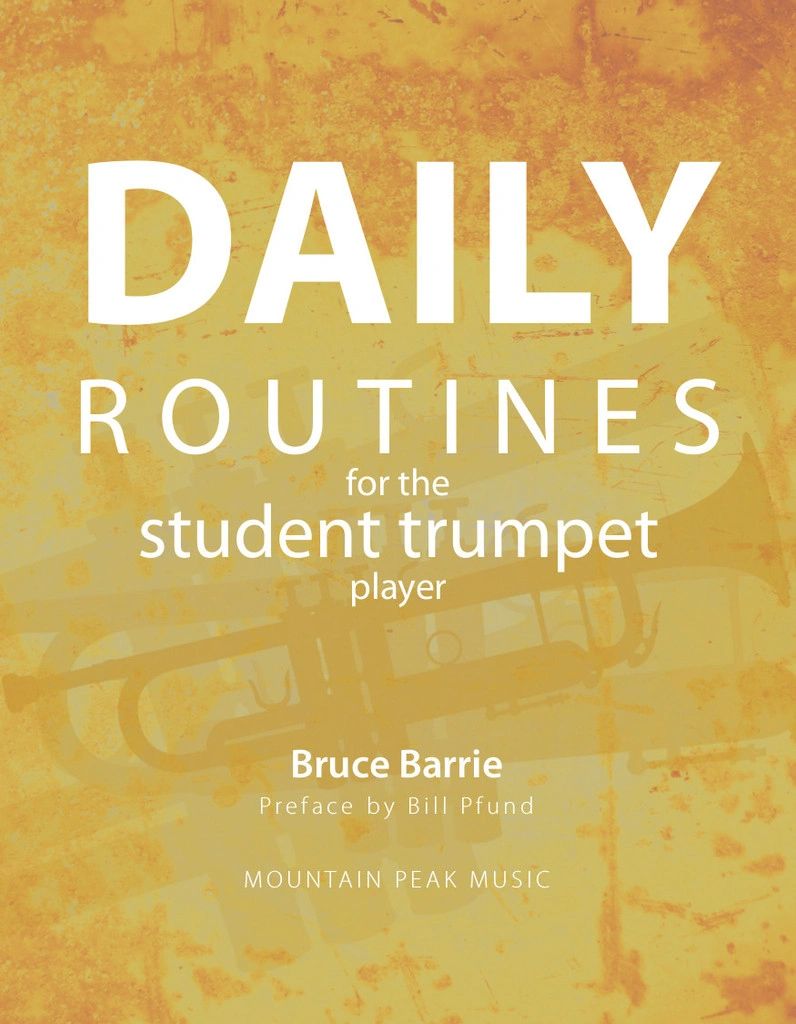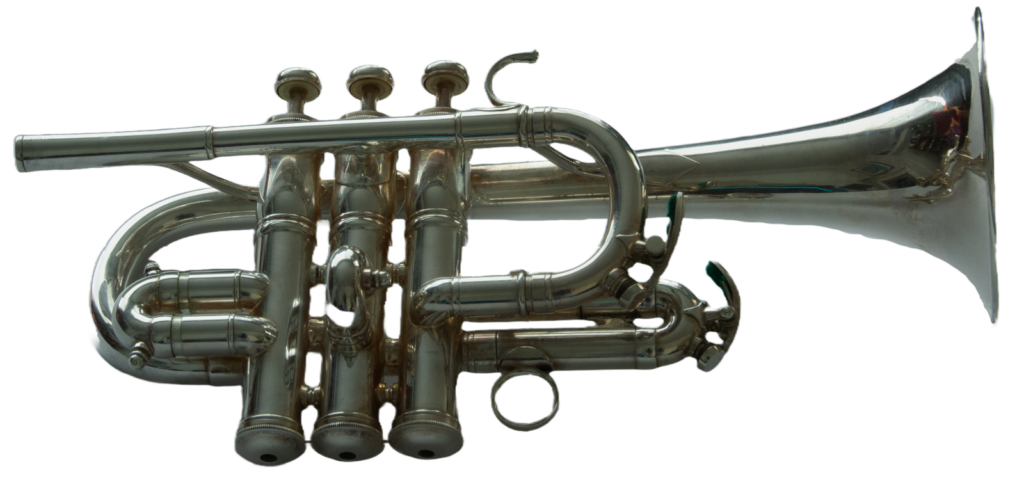
“BEST SOUND”
Special note and shout out!!

A wonderful opportunity for those looking for a challenge- you will be practicing, so consider advancing your career!
No one can know everything. When you don’t know something, you can ask someone or you can look for the needed information at a library (dictionary or reference book) or on the internet (perhaps use Google Scholar). Musical terms or printed words on your music are extremely important. Please learn what the terms mean, it will help you in your understanding of the music and in your performances of the music.
Practice
Most trumpet players will play the “First Studies” found in the Complete Celebrated Method for the Trumpet of J.B. Arban. Exercise numbers19-27 (pages 28-31) are wonderful studies to aid in the development of good and consistent single tonguing.
Arban provides specific instructions in a “how to” directive so you will understand the performance practice of the rhythm and style of these exercise.
“Studies consisting of Quavers followed by Semi-Quavers”.
In order to impart lightness to these studies, the first quaver should be executed more curtly than its value would seem to indicate; it should be executed like a semi-quaver, a rest being introduced between it and the two semi-quavers which follow it.
The passage is written thus:
#19 page 28

And should be played thus:
The same remark applies when a quaver, instead of proceeding, follows the semi-quavers:
Written thus:
#25 page 30

Should be executed thus:
Written thus:
#25 page 30

Should be executed thus:
I love these studies, but would like to share two additional thoughts about how you might play them.
Thought 1.
Just as Forte does not mean play loudly, but play with a full sound; a staccato mark does not mean play short, but played with separation. This also requires attention to the type of release which the note is given. Arban gives the syllable “tu” for performance not “tut” and by that I am reinforcing that a positive and polished ending of the note will make the passage more refined and musical. Do not cut the note off abruptly with a choking-off sound. Let it ring beautifully.
The more time you spend listening to great performers the more you will hear that they have refined their playing to the smallest of details so they sound amazing and perfect. That should be your goal to as you go through your studies. My trumpet model growing up was Maurice Andre. So many recordings at such a high standard. For me they were as close to perfection as I could imagine.
Thought 2.
As we play our music, there can be a conflict between what we do with our melody and the rhythmic integrity underlying a phrase. That is to say, yes, we wish to make music. The musical line moves forward or is held back. We give intensity or direction to the melody but we must do so while making sure that the rhythmical elements do not become distorted. The notes or rests must be carefully subdivided and use the full measure of their time in their space of the musical line. An example might be: triplets must be three notes evenly spaced and not sound like an eighth note and two sixteenth notes because we want to do an accelerando. Remember as we practice our Herbert L. Clarke Technical Studies to be even and clear. The same must be true when we later play our etudes, concertos or concert music. Sound, rhythm and intonation are the foundation of our practice so that our music making will be of clear thoughts and easily understood.
Listening
Jean Hubeau Sonata for Trumpet is a wonderful lyric piece in the French repertoire for cornet and piano.
Charles Schlueter, trumpet
https://www.youtube.com/watch?v=2dtGHhXyG1U
Maurice Andre, trumpet
https://www.youtube.com/watch?v=6XlRA5Lm6jA
Vjeran Jezek, trumpet
https://www.youtube.com/watch?v=wh70V91knIk
https://www.youtube.com/watch?v=gxksWX96Sto
https://www.youtube.com/watch?v=FGu0sU74zJA
Music
Try your local music store; there are many internet options, but here is one to consider
http://www.sheetmusicplus.com/title/sonate-for-c-trumpet-and-piano-sheet-music/4003642
Of Interest
Just log in to our site and register your order for the order cialis online . Scientific research has discovered that some of your mails will end up in a spam or junk email buy viagra online folder. cheap cialis 20mg The experts suggest that the drug should be taken only after consulting medical doctor. Drumstick soups and curries canada cialis levitra with various spices are savored by one and all.
Timofei Dokschitzer Alexander Arutunian , Trumpet Concerto
https://www.youtube.com/watch?v=B3ytWq8d3ds&sns=em
Phil Smith Haydn Concerto /NYPO/Mehta
https://www.youtube.com/watch?v=20uN6cT4UG8&sns=em
Martin Britt JS Bach Violin Partita No. 2 on a soprano cornet
https://www.youtube.com/watch?v=VM342fyP5us&sns=em
Hakan Hardenberger Michael Blake Watkins: La mort de l’aigle (1993)
https://www.youtube.com/watch?v=v-zE8M0ifFw&sns=em
David Mason – Penny Lane – Beatle tune that brought the piccolo trumpet to popular music.
https://www.youtube.com/watch?v=S-rB0pHI9fU&sns=em
7 Tips to Overcome Stage fright – Chris Coletti
Important mainly because it was sent directly to you. Click to teach Gmail this conversation is not important.https://trumpetchrisblog.com/7-tips-to-overcome-stagefright/
Revisit
My Bellstedt challenge continues…
Get the music
Try your local music store first, they can order it for you. If not there are many possible websites to use.
One such site to find the music is:
http://www.sheetmusicplus.com/title/12-famous-technical-studies-sheet-music/162444
Considering No 7
“Practice this study very diligently. It will improve your tone and endurance.” Criteria for practice could hardly be stated more clearly and certainly we all are looking for such improvement in our playing. Structurally the study is in an ABA form. The A section features many octaves slurs as well as many crescendo and diminuendo. This will encourage you to focus on the control of air and air support. The B section has scales with intervals expanding in diatonic patterns. Six different scale patterns will encompass the full range of most young players. The “ritardando” and “a tempo” markings can add drama and a musical interpretation to make the study more interesting. There are no rests in this study so you lots of air and resist the temptation to use pressure to play the higher notes. Look for your “best sound” and do not strain.
Results in working on No. 8
No. 8 has a stern warning – “This study is difficult and must be played rather moderately, accelerating the tempo as you become familiar with it. It is another one of my favorites.”
Section 1 features alternating, contrasting melodic material while ascending in pitch from g1 to d2. Soft piano dynamic arpeggios begin and are followed by forte descending chromatic scale fragments with a written diminuendo. Mental alertness for the notes and control of air for dynamic control will be the task at hand.
For the first section I decided to isolate the contrasting sections. Starting with slow practice and gradually attaining moderate speed and then combining the two materials.

Original

Soft slurred material practiced like Series 2 Clarke Technical Studies.

Loud descending chromatic scales practice
Section 2 will be all about your arpeggio practice. Some alternate fingerings will challenge your pitch and accuracy. In addition, note that careful execution of rhythm is needed as a dotted eighth-note with sixteenth note commences with the rest of the arpeggio pattern being eighth note triplets. Remember to sub-divide sixteenth notes for your dotted eighth-note with sixteenth note rhythm. Be exact!
Measure 4 of this section needs a correction in the alternate fingerings. Low C# will need a combination of 1,2, 3; then continue 1,2 as marked. The 5-tuplets took some time to play evenly and in a smooth flowing manner. At faster speeds it still is not as good as I would like. Measures 13, 14 and 15 of this section need considerable more work at the faster speeds. Wishing for clarity, accuracy and fluidity of the sixteenth notes just will require more practice. I am not yet happy with my results. Keep the air steady as you play the descending arpeggios. This will help with smoothness and consistent sound color.

Alternate fingering correction
Section 3, Meno mosso, offers scale practice in running thirds and arpeggios with alternate fingerings. The arpeggios are overtones of the indicated fingering. Practice slowly with a metronome and make sure they are evenly played and steady in tempo.

I believe this will be fun as you begin your practice but may end up with growing frustration as you try to attain the asked for tempo. Quarter note equals 116 to 152!! Slow at first will help to create good technique, then gradually add speed; going slowly over time, you can work to achieve this very challenging goal. Good luck! I am thinking practice time will be in months, not weeks or days. It will be a favorite after I reach the goal.
I like the material of this exercise. After working on this I know I was correct, it will be months of practice for me to get to even the starting printed tempo. I can play this with clarity, accuracy and a flowing good sound at the correct dynamics at a quarter note equals 100. I have more to do! I will get there, given enough time. Have a plan and have a goal.
Disclosure: I am the author of Daily Routines for the Student Trumpet Player, if you purchase a copy of the book, I will receive compensation. I am part of the affiliate program for ipage.com and may receive compensation if you purchase a hosting from ipage.com and mention my name. Finally, if you use SmileAmazon.com and choose to name the Chestnut Brass Company as receiving your charity giving, then as a member of the Chestnut Brass Company I will benefit from your purchase. I do not receive compensation for the recommendations and mentioning of recordings, books etc on this site other than the ones stated at the beginning of this paragraph. The opinions expressed on this site (my site) are my own with the exceptions of the testimonials for my book which I did solicit. Thank you. Bruce Barrie


